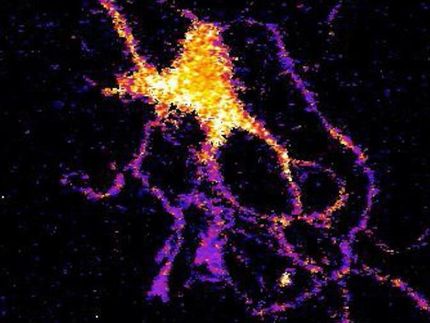Photopharmacology: using light to control cold sensors
Researchers have developed a molecule that allows an important ion channel to be regulated – a breakthrough with therapeutic potential
Advertisement
Located in the cell membrane, TRPM8 ion channels are known as receptors that recognize cold and respond to menthol, the cooling agent in peppermint. In addition, these channels influence pain perception and play a key role in numerous diseases. This makes them promising targets for the development of new drugs to combat cancer, metabolic diseases, inflammations, and more.
Researchers have been studying TRPM8 ion channels in order to better understand their complex functions and develop innovative therapeutic approaches. An LMU research team led by Professor Michael Mederos y Schnitzler (Walther Straub Institute of Pharmacology and Toxicology) and Dr. David B. Konrad, in collaboration with Professor Dirk Trauner (University of Pennsylvania) and Professor Ursula Storch (University of Regensburg), has now made an important breakthrough in this area. The researchers have developed an innovative molecule called azo-menthol, which is able to precisely control TRPM8 channels using light, as they report in the journal Angewandte Chemie.
“With azo-menthol, it’s possible for the first time to specifically activate TRPM8 channels using UV light and deactivate them again with blue light – and to do so in a way that’s spatiotemporally precise and reversible,” emphasizes Mederos y Schnitzler. Using light as a tool to control biological processes has great therapeutic potential, say the authors. “Such photopharmacological approaches could help, for example, avoid systemic side effects such as arise during conventional chemotherapy,” notes Mederos y Schnitzler. “Accordingly, the progress being made in this area opens up exciting new prospects for the development of novel therapies that could be more precise in their action and gentler in their effects.”




























































